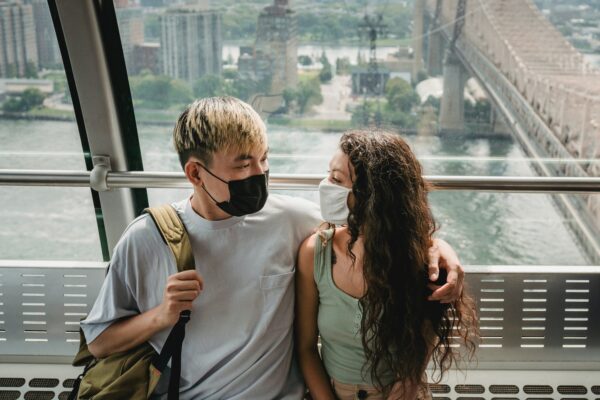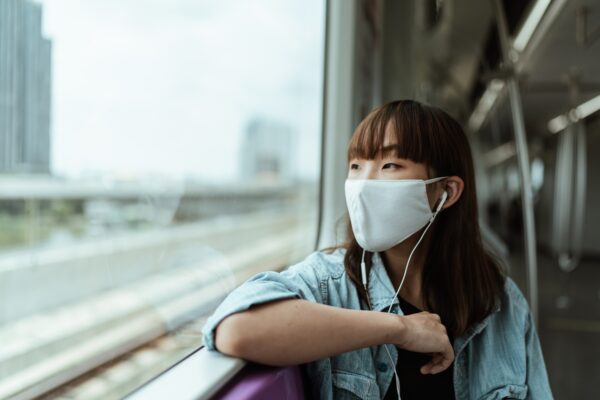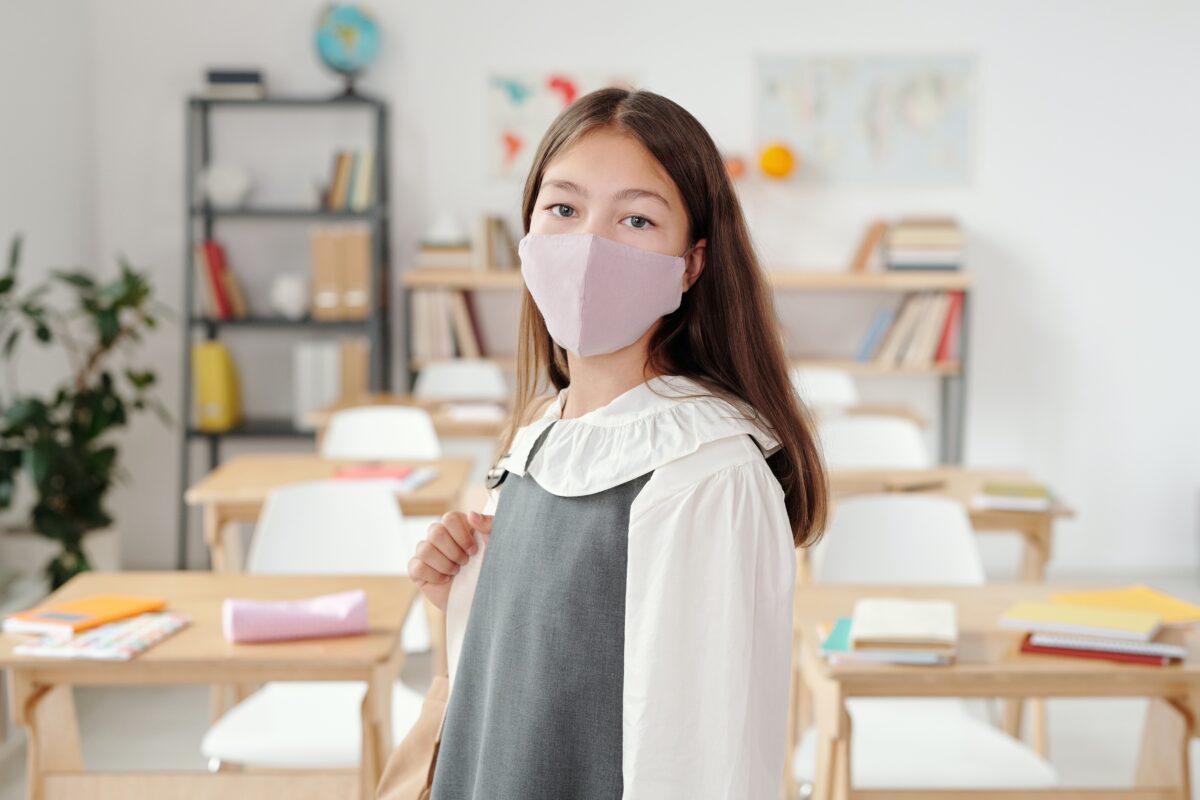Face Masks
The Science Behind Face Masks: How They Work to Protect You and Others
Wearing a face mask has become a normal ritual when we are unwell, with many of us now donning masks to leave the house or enter public spaces. But how exactly do these simple pieces of fabric help protect you and others from getting sick? In this blog post, we’ll explore the science behind face masks and how they work to reduce transmission of viruses and other illnesses. We’ll also take a look at which masks work best in different situations and why wearing a face covering is so essential to preventing the spread of illnesses. Let’s dive into the fascinating world of protective masks!
Understanding the Science of Face Masks – What They Are and How They Help
During the pandemic, the use of face masks has become a topic of much discussion and debate. Many people may have questions about what exactly face masks are and how they work to prevent the spread of viruses such as COVID-19. Simply put, face masks are a physical barrier that helps to reduce the transmission of droplets that can carry virus particles. They work by trapping any droplets that are released when we breathe, cough, or sneeze. This is especially important when infected individuals may be asymptomatic, meaning that they may not realise that they are spreading the virus. By wearing a face mask, we are not only protecting ourselves, but those around us. Understanding the science behind face masks is essential in our collective efforts to combat the spread of viruses such as COVID-19.

Exploring the Different Types of Face Masks and Which One is Best For You
As COVID-19 continues to affect the lives of everyone all around the world, wearing a face mask has become an essential part of our daily routine. However, with so many different types of face masks available, it can be confusing and overwhelming to choose the best one for our individual needs. From disposable surgical masks to cloth masks, and from N95 respirators to KN95 masks, each type of mask has its own benefits and drawbacks. Some offer better filtration, while others offer better breathability or comfort. It’s important to understand the differences between these masks so you can make an informed decision on which one is best for you. In this article, we’ll explore the different types of face masks and help you decide which mask is the right fit for your daily activities and lifestyle.
Why Is It Important to Wear a Mask Correctly And Consistently
Wearing a mask correctly and consistently has become an important tool in preventing the spread of the coronavirus. It is crucial to cover both your nose and mouth with a well-fitting mask that is made of a breathable fabric. The proper use of a mask ensures that the air you breathe in, and out is filtered, reducing the chances of catching or spreading the virus. Moreover, wearing a mask correctly and consistently not only protects you but also the people around you, especially those who are more vulnerable to catching the virus. It is necessary to wear a mask regularly, even when you feel fine as people can transmit the virus even if they are asymptomatic. In conclusion, wearing a mask is an easy and simple way to contribute to the fight against COVID-19; it is essential to do it correctly and consistently to keep ourselves and others safe.
Preparing Your Mask for Maximum Protection
Properly preparing your mask is crucial for maintaining maximum protection against harmful germs and viruses. Firstly, ensure your mask is clean and dry before wearing it. If using a fabric mask, ensure it is freshly washed and thoroughly dried; if using a disposable mask, ensure it is free from any visible damage or tears. Next, ensure the mask fits snugly over your mouth and nose, with no gaps that can allow air to escape. Lastly, avoid touching your mask unnecessarily while wearing it, as this can increase the risk of infection. By following these simple steps, you can help keep yourself and those around you safe from potential illness.
Tips on Protecting Yourself and Others When Wearing a Mask
In light of the current state of the world, wearing a mask has become an essential part of our daily routines. However, simply wearing a mask is not enough to protect ourselves and those around us. By taking a few precautions, we can maximise the effectiveness of our masks and reduce the spread of COVID-19. One of the most important things to keep in mind is to always wash your hands before and after putting on or removing your mask. Additionally, ensure that your mask fits snugly around your face, covering both your nose and mouth. Try to avoid touching or adjusting your mask while wearing it, and remember to replace your mask if it becomes wet or damaged. These small tips can go a long way in keeping ourselves and our communities safe.

Additional Resources to Educate Yourself About Face Mask Safety
With face masks becoming the new norm, it’s important to educate yourself on the different types available and how to use them properly. But where do you start? Luckily, there are plenty of additional resources available to help you become a face mask pro. From online videos demonstrating the proper fit and usage, to informational articles explaining the science behind why masks work, the information you need is at your fingertips. Don’t hesitate to reach out to local health organisations or government websites for guidance as well. By investing time in learning about face mask safety, you can take the steps necessary to protect yourself and those around you.
As we discussed, it’s important to wear the right type of mask that fits properly and is changed on a regular basis for maximum protection. Take proactive steps to understand the science of face masks so you can make an informed decision in choosing the face mask that best works for you. On top of this, practise good hygiene and social distancing with family and friends whenever possible to create a safer environment. To learn more about face mask safety, please refer to the resources provided in this blog post. By taking these preventative measures, we all have the opportunity to reduce the spread of germs and help protect ourselves and each other from potential illnesses.

